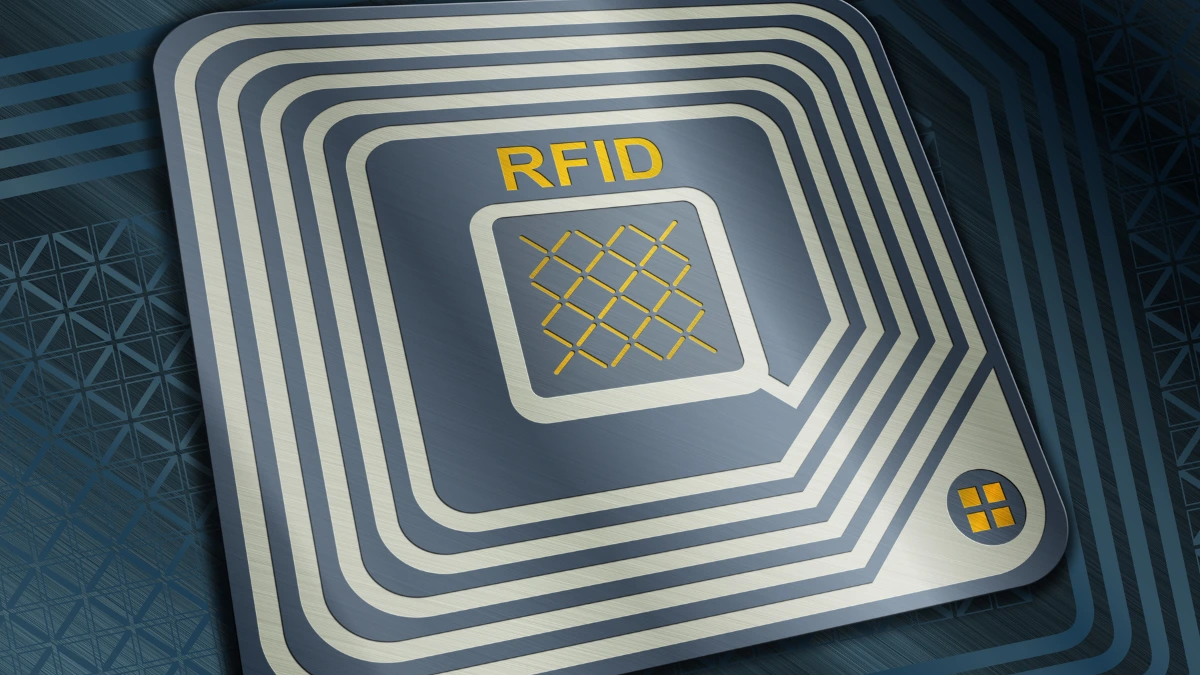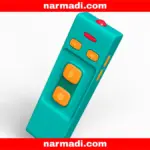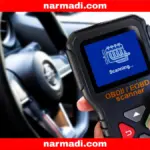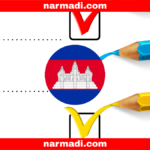All devices that have Radio Frequency (RF) circulating in Indonesia must ensure their quality, safety, and compliance with applicable regulations through testing standards. This includes RFID which must meet the main requirements through a standard testing process.
This standard RFID testing process is stated in the Ministerial Decree of the Ministry of Communication and Digital No. 260 of 2024 which regulates various technical aspects, ranging from radio frequency, and transmit power, to testing methods.
RFID technology, which for example is widely used in cards and goods tracking devices in certain industries, must comply with this standard to be used legally in Indonesia.
Also Read
This article will fully discuss RFID testing standards based on the latest regulations, including the certification steps you need to know.
Table of Contents
New Regulations on RFID Technology
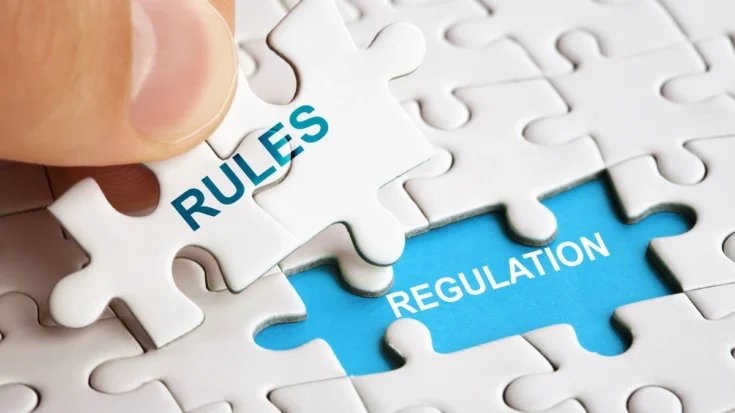
Ministerial Decree of the Ministry of Communication and Digital No. 260 of 2024 sets technical standards that must be met by RFID devices to be used legally in Indonesia.
This regulation covers radio frequency requirements, maximum transmit power, and testing for wild emissions (spurious emissions).
The following are the standard specifications:
| Radio Frequency Band | RF output Power/Field Strength | Transmitter Spurious Emission | Testing Method |
| 16-150 KHz | ≤ 66 dBµA/m at 10 meters distance | EN 300 330 | EN 300 330 |
| 6765-6795 KHz | ≤ 42 dBµA/m at 10 meters distance | ||
| 7400-8800 KHz | ≤ 9 dBµA/m at 10 meters distance | ||
| 13,553-13,567 MHz | ≤ 20 dBm ERP or≤ 94 dBµV/m at 10 meters distance | FCC 15.209 | FCC 15.225 (a) and ANSI C63.10 |
| EN 302 291 | EN 302 291 | ||
| EN 300 330 | EN 300 330 | ||
| 433-434,79 MHz | ≤ 20 dBm ERP | FCC 15.209 | FCC 15.231 and ANSIC63.10 |
| FCC 15.209 | FCC 15.240 and ANSI C63.10 | ||
| EN 300 220-1 | EN 300 220-1 | ||
| 920-923 MHz | ≤ 26,02 dBm EIRP | FCC 15.247 and/or 15.209 | FCC 15.247 acording to C63.10 |
| FCC 15.249 and/or 15.209 | FCC 15.247 and ANSI C63.10 | ||
| EN 300 220 | EN 300 220-1 | ||
| EN 302 208 | EN 302 208 | ||
| 2400-2483,5 MHz | ≤ 20 dBm EIRP | EN 300 440 | EN 300 440 |
| FCC 15.247 and/or 15.209 | FCC 15.247 and ANSI C63.10 | ||
| FCC 15.249 and/or 15.209 | FCC 15.249 and ANSI C63.10 |
RFID Testing Standards
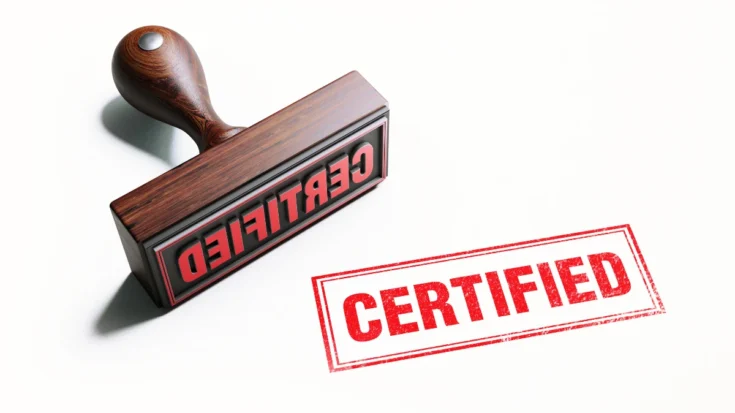
Ministerial Decree of the Ministry of Communication and Digital No. 260 of 2024 refers to international standards-based test methods such as FCC, EN, and ANSI. Here are some of the main testing methods:
- Transmit power testing (RF output power): Ensure the device does not exceed the maximum transmit power limit according to its frequency band.
- Spurious emission testing: Tests stray frequency emissions outside the working band to prevent interference with other devices.
- Electromagnetic Compatibility (EMC) Testing: Assesses the device’s compatibility with the surrounding electromagnetic environment to avoid interference.
Additional technical requirements
Apart from testing transmittance and emissions, the Ministerial Decree of the Ministry of Communication and Digital No. 260 of 2024 also regulates several other technical requirements, including:
- Electrical safety: The device must comply with the electrical safety standards set out in SNI IEC 60950-1:2016; SNI IEC 62368-1:2014; SNI 04-6253; IEC 62368-1; IEC 60950-1; IEC 60065; or relevant SNI or IEC standards, for SRD other than audio, video and information and communication technology (ICT).
- Non-Ionizing Radiation: Controls device radiation levels to keep them safe for users and the environment.
RFID Certification Process in Indonesia

For RFID devices to be used legally in Indonesia, certification from DJID is required. Here are the steps to get it:
Pre-testing the device
Before official testing, the device must be pre-tested first using measuring equipment such as a spectrum analyzer.
This helps ensure devices meet technical standards before being tested in authorized laboratories.
Testing at an official laboratory
After passing the pre-testing stage, the device will be sent to a designated official laboratory to undergo testing by the standards stipulated in the Ministerial Decree of the Ministry of Communication and Digital No. 260 of 2024.
Issuance of certificates
After the device passes testing, an official certificate will be issued by DJID. This certificate is a requirement to market the device legally in Indonesia.
Tips to Ensure Standards Compliance
- Learn the latest regulations: Make sure you understand every detail of the Ministerial Decree of the Ministry of Communication and Digital No. 260 of 2024, including technical requirements and test methods.
- Perform pre-testing: Before official testing, perform pre-testing to ensure the device meets standards. If you don’t have a measuring instrument, use the DJID certification service which provides pre-testing services.
- Consult an expert: If this is your first time seeking certification, consider using the services of experienced DJID certification services.

